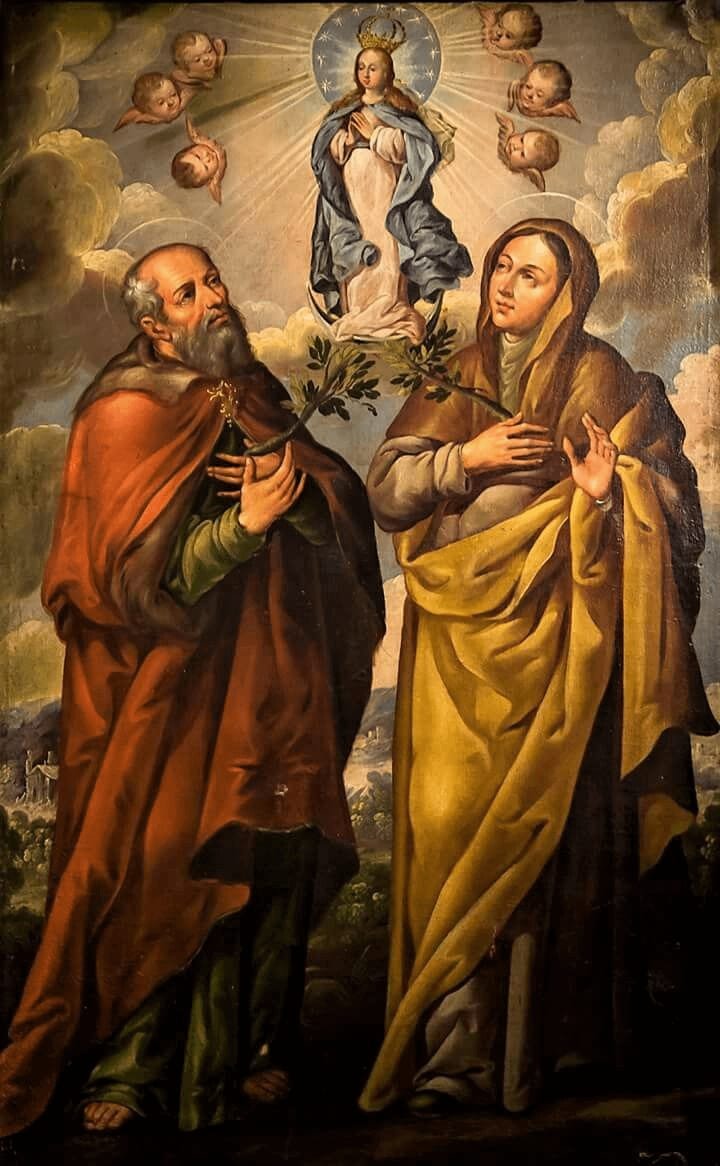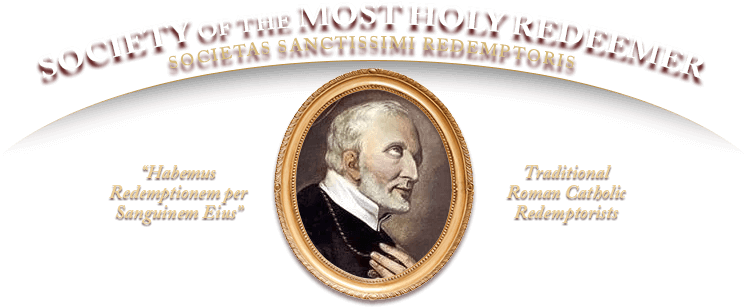
In the Roman Rite, the term “vigilia” (vigil) traditionally means a penitential day of preparation for a major feast. The Mass has neither the Gloria nor the Creed, the Alleluja is simply omitted before the Gospel, not replaced with a Tract, and “Benedicamus Domino” is said at the end in place of “Ite, missa est”.
The practice of rising for prayer in the middle of the night is “as old as the church herself”1. It may be inspired by Jesus Christ’s example of praying all night. There is evidence of the practice from the first years of the second century. Pliny the Younger reported in about 112 A.D. that Christians gathered on a certain day before light, sang hymns to Christ as to a god and shared a meal.
During the 3rd century and 4th century, in addition to the celebration of Mass, it was customary to hold a vigil, a prayer service in three parts, as night-watches in preparation for the feast. Commenced in the evening, a vigil terminated only the following morning. Its form was elastic, involving readings, singing of psalms, homilies, chants, and various prayers, followed by the Mass. These developed into the monastic celebrations, still called “vigils” in the Rule of Saint Benedict of the canonical hour that was later given the name of matins.
Today’s observance of the Vigil of the Immaculate Conception illustrates one example of the difference between the pre-1955 calendar and those that are more recent. While the feast of St. Ambrose is celebrated throughout the Church on this day, and along with it, commemoration of the previous Sunday in Advent, the pre-1955 liturgy also commemorates the vigil of the Immaculate Conception of the Blessed Virgin Mary. Described in the St. Andrew Daily Missal (Dom Gaspar Lefebvre, O.S.B., 1945):
“This vigil was in 1879 extended by Leo XIII, to the whole Church. Let us on this day ask the Immaculate Virgin to purify our hearts still more for tomorrow’s solemnity.”
We who follow this calendar prepare for the glorious Feast by observing a day of fast and total abstinence.
It is interesting to note that the Church celebrates the feast of St. Ambrose – Bishop of Milan, Father and Doctor of the Church – on this date, the anniversary of his episcopal consecration, rather than the date of his passing from earthly life on April 4, 397. Dom Gueranger, in The Liturgical Year, opines that this placement in the calendar is fitting, as “the road which leads us to Bethlehem could be perfumed by nothing so fragrant as this feast of St. Ambrose.” A privilege to be placed next to his fellow bishop and opponent of Arianism, St. Nicholas, and to “unite his voice” with fellow bishop and Doctor of the Church, St. Peter Chrysologus, but perhaps, most of all, to acknowledge his love of the Blessed Virgin Mary. Dom Gueranger writes that St. Ambrose deserves “to be considered one of the most prominent witnesses of the primitive traditions respecting the privileges and dignity of the holy Mother of God…” including “Mary’s exemption from every stain of sin.” This combination of Feast and Vigil illustrates the richness of the pre-1955 liturgies.
Sadly, in 1955, Pope Pius XII suppressed the vigils of the Immaculate Conception, Epiphany, All Saints, and all vigils of apostles except that of Saints Peter and Paul.
We, as true children of St. Alphonsus Maria Liguori, are morally obliged to hold the same love He had for the Immaculate Conception of Our Lady by continuing to observe this, her privilege of a penitential preparation for her Feast with a Vigil.
- Benedictine Monks of Buckfast Abbey, “Divine Office: Matins — Prayer at Night”, Homiletic and Pastoral Review, pp.361-367, Joseph F. Wagner, Inc., New York, NY, January 1925
